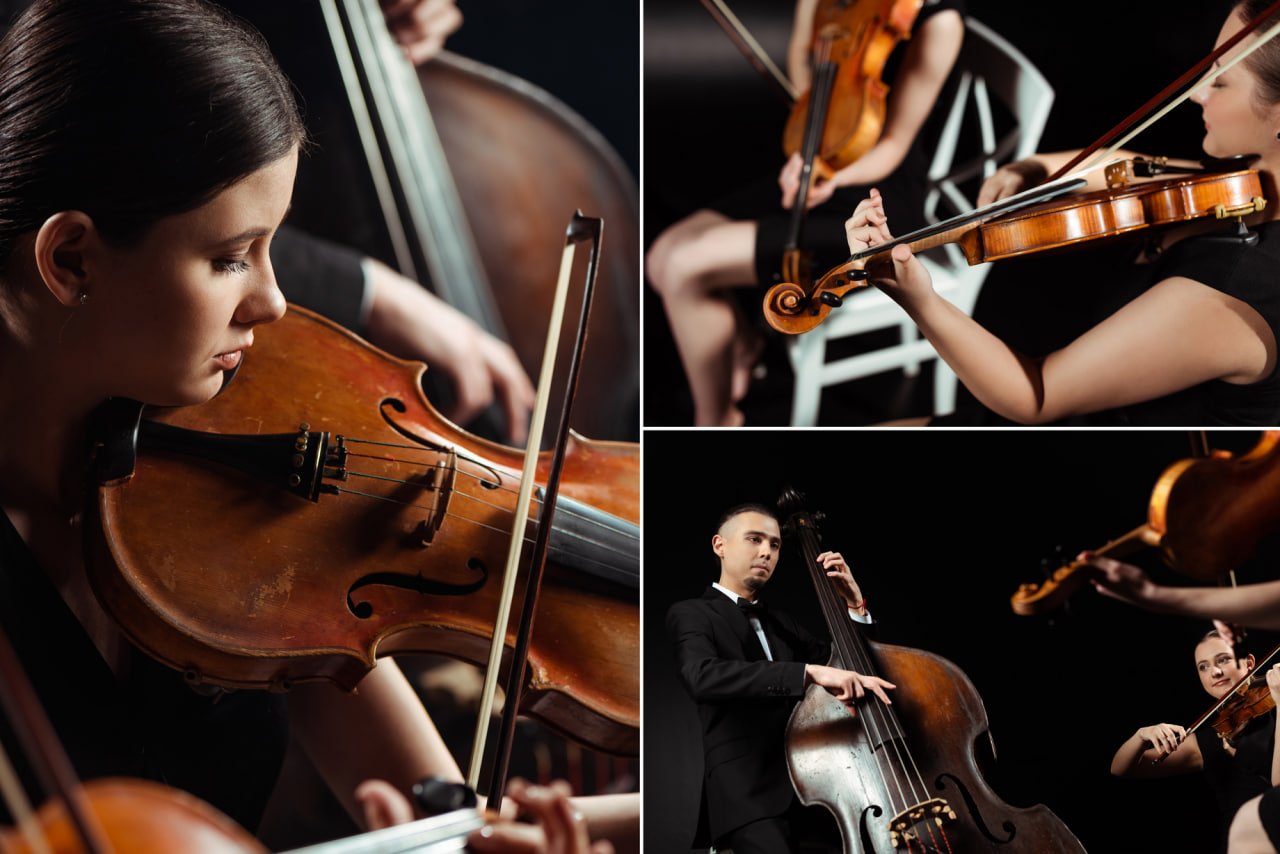Conducting a choir requires more than just musical knowledge—it demands clear communication, precise gestures, and expressive leadership. The baton is one of the most important tools a conductor uses to convey tempo, dynamics, and mood to singers. Mastering essential baton techniques helps conductors guide their choir with confidence and clarity, ensuring a cohesive and expressive performance.
In this blog, we will explore the fundamental baton techniques every conductor should know, from the proper grip and basic beats to expressive gestures that bring music to life.
The Proper Baton Grip
The foundation of effective conducting begins with how you hold the baton. A relaxed and balanced grip allows for smooth and controlled movements.
- Hold the baton lightly between the thumb and index finger, with the middle finger supporting it underneath. Avoid gripping too tightly, as tension can cause stiff and jerky motions.
- The baton should extend naturally from the hand, aligned with the forearm, allowing for fluid wrist and arm movements.
- Keep your hand relaxed but steady to maintain clear visibility for your choir.
Basic Beat Patterns
Conductors use specific beat patterns to indicate the meter and tempo of a piece. Mastering these patterns is essential for keeping the choir synchronized.
- 4/4 Time: The most common pattern, with four beats per measure, typically follows a downward, left, right, and upward motion.
- 3/4 Time: For waltz or triple meter, the pattern moves downward, then to the right, then upward.
- 2/4 Time: A simple two-beat pattern moving down and then up.
- 6/8 Time: A compound meter pattern combining two groups of three beats, typically indicated by a flowing motion.
Practicing these patterns with consistent speed and clear, sharp changes between beats ensures your choir stays on tempo.
Indicating Tempo and Dynamics
The baton is not only for marking beats but also for expressing the character of the music.
- Tempo: Use larger, more expansive motions for slower tempos and quicker, smaller gestures for faster tempos. Adjust the size of your beat pattern to communicate pace effectively.
- Dynamics: Convey volume and intensity by varying the force and speed of your baton movements. Gentle, small motions indicate softness (piano), while strong, bold gestures signal louder dynamics (forte).
Cueing Entrances and Cutoffs
Clear cues help singers know exactly when to start or stop singing.
- Entrances: Use a preparatory gesture, often a subtle lift or nod combined with eye contact, just before the beat where the choir enters.
- Cutoffs: A decisive upward motion or a sharp stop of the baton signals the end of a phrase or note, helping singers release sound together.
Expressive Gestures Beyond the Beat
While basic beat patterns provide structure, expressive conducting brings music to life.
- Wrist and Finger Movements: Use nuanced wrist flicks and finger motions to indicate articulation, phrasing, and subtle tempo changes.
- Body Language: Incorporate your whole body—head nods, facial expressions, and posture—to communicate emotion and energy to your choir.
- Eye Contact: Engage with singers directly to build connection and responsiveness.
Common Mistakes to Avoid
- Over-gripping the baton, causing tension and stiffness.
- Unclear or inconsistent beat patterns that confuse singers.
- Neglecting facial expressions and eye contact, which are vital for building rapport.
- Ignoring the importance of preparatory gestures and cues.
Practice Tips for Conductors
- Practice beat patterns in front of a mirror to refine clarity and fluidity.
- Record yourself conducting and review your gestures for precision and expressiveness.
- Conduct along with recordings to develop a sense of timing and musicality.
- Seek feedback from experienced conductors or choir members to improve your technique.




